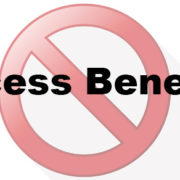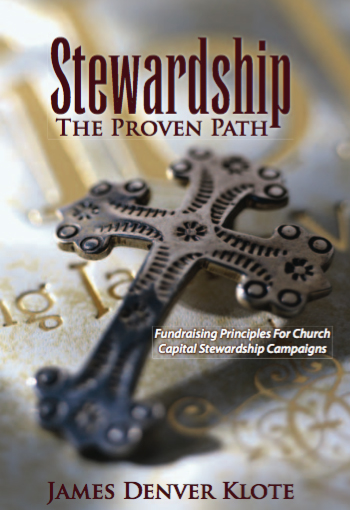Not-for-profits that ignore the IRS’s private benefit and private inurement provisions do so at their own peril. These rules prohibit an individual inside or outside a nonprofit from reaping an excess benefit from the organization’s transactions. Violation of such rules can have devastating consequences.
Defining private benefit terms
A private benefit is any payment or transfer of assets made (directly or indirectly) by your nonprofit that’s beyond reasonable compensation for the services provided or the goods sold to your organization, or that’s for services or products that don’t further your tax-exempt purpose. If any of your nonprofit’s net earnings inure to the benefit of an individual, the IRS won’t view your nonprofit as operating primarily to further its tax-exempt purpose.
The private inurement rules extend the private benefit prohibition to your organization’s “insiders.” The term “insider” or “disqualified person” generally refers to any officer, director, individual or organization (as well as their family members and organizations they control) that’s in a position to exert significant influence over your nonprofit’s activities and finances. A violation occurs when a transaction that ultimately benefits the insider is approved.
Never too careful
Of course, the rules don’t prohibit all payments, such as salaries and wages, to an insider. They simply require that a payment be reasonable relative to the services or goods provided — and that it be made with your nonprofit’s tax-exempt purpose in mind.
To ensure you can later prove that any transaction was reasonable and made for a valid exempt purpose, formally document all payments made to insiders. Also ensure that board members understand their duty of care. This refers to a board member’s responsibility to act in good faith, in your organization’s best interest, and with such care that proper inquiry, skill and diligence has been exercised in the performance of duties.
Protect your exempt status
Any amount of private benefit or inurement is enough to cause the loss of your organization’s tax-exempt status. And individuals involved may be subject to significant excise tax penalties. Contact us if you have questions about how to maintain your exempt status.






